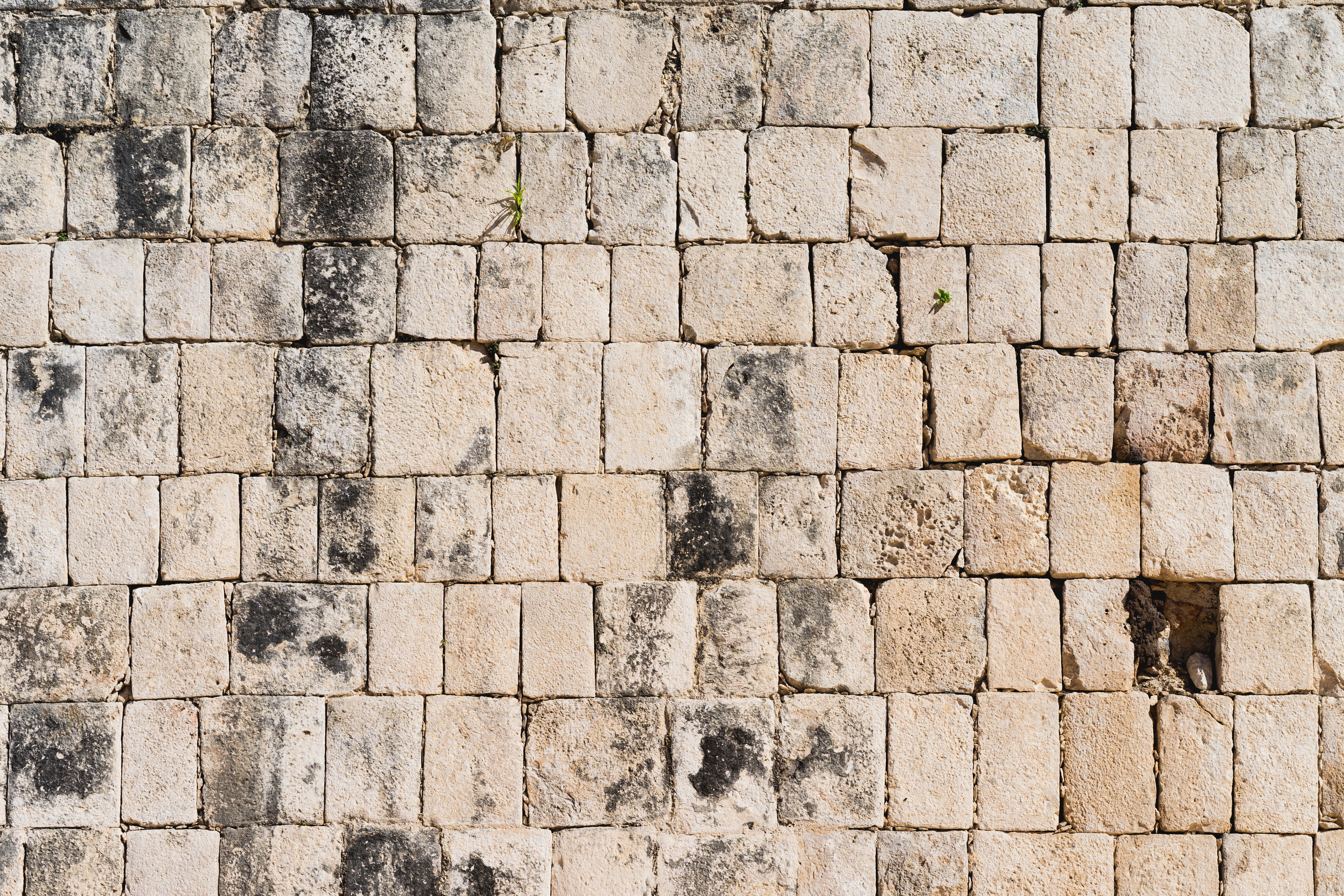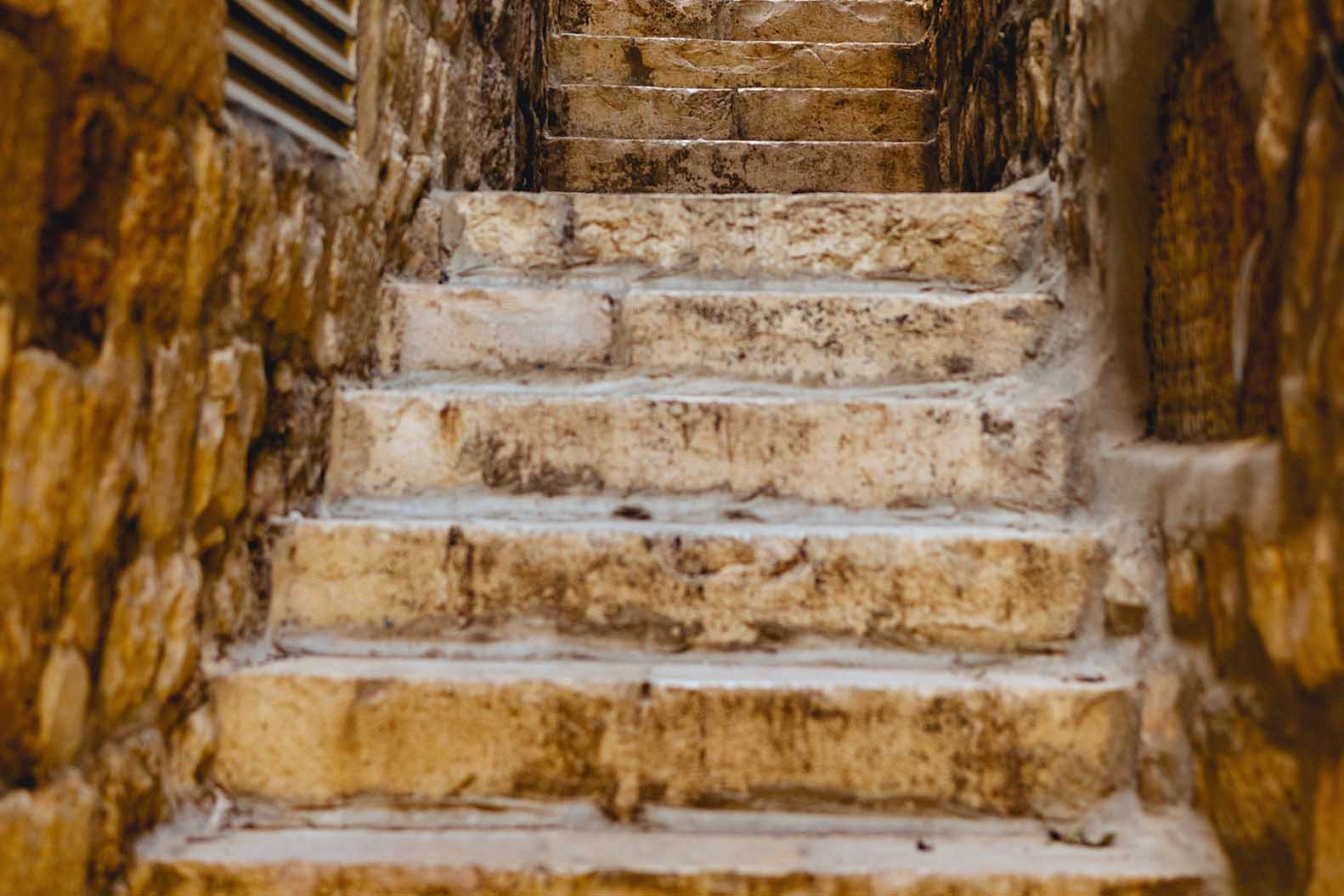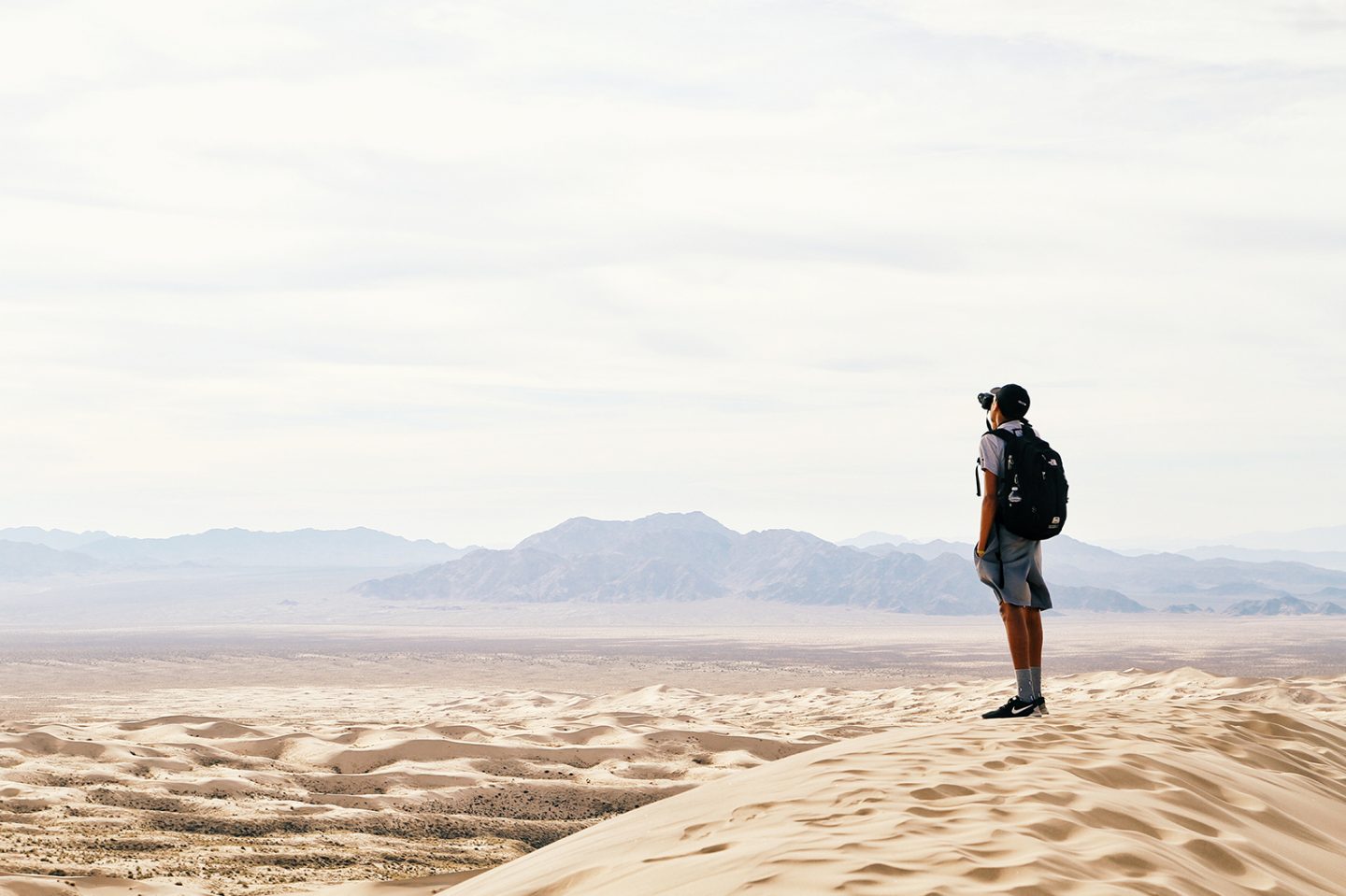Spending my first few days around the Old City of Jerusalem while on exchange felt absolutely surreal.
The very earth I walked on seemed to pulse with history, and the stones walls of a great many number of walls and old buildings seemed keen to whisper age-old secrets to me, if only I stopped to look and listen.
It was my first time in Jerusalem, and yet it didn’t feel at all so. Having grown up in a Christian home, I remember being beguiled by tales of Old Jerusalem. These were the same stones King David had used to build his first city almost 3000 years ago, and these pavements once bore the weight of Roman chariots that coursed through the streets while Jesus Himself roamed the town.
It felt like being at a party and finally meeting that one person that all your friends told you about, an overwhelming sense of familiarity coupled with the taste of something new about to unfold. But little did I know what I was asking for.

I signed myself up for an Old City tour immediately the morning after I had set foot into the city.
When the guide led us to the Church of the Holy Sepulchre, where Christ’s tomb is said to be, I found myself confronted with a face of Christianity I had never actually experienced.
Back home I was used to stories of Christianity as a somewhat abstract religious experience. The walls of Jericho that came tumbling down in the Book of Joshua only seemed to exist in a collective imagination of the congregation, as did the Garden of Gethsemane, Golgotha and the Tomb of Christ.
“They are looking for Christ in the Tomb when He isn’t there.”
Being halfway across the world in Singapore, many of these monuments only served as important symbols and illustrations used in Sunday sermons.
The walls of Jericho served as a hallmark of what unbridled faith could achieve in the midst of adversity; the Garden of Gethsemane was often used to express Christ’s obedience at the final hour, minutes before His capture and crucifixion. And of course, Golgotha – this horrible hill on which unimaginable pain was endured by Christ bearing the sins of the world.

But there I was, standing before the hole in the ground where the cross stood. No longer could it remain this mental picture I so carefully curated in my head; a picture personally beheld in worship and adoration countless times. I could see the curve of the stone, feel its coolness on the tips of my fingers, as have countless other pilgrims before me.
But I had a nagging feeling that wouldn’t go away. As I completed the tour and revisited the Old City countless more times in the course of my 6-month stay, I began to pinpoint where my discomfort was coming from. Many pilgrims seemed to worship the monuments rather than the God who had shown Himself through them.
A friend’s mother couldn’t have said it better: “They are looking for Christ in the Tomb when He isn’t there.”

I witnessed many believers pressing handkerchiefs, pendants and photos of loved ones onto the laying stone on which Christ’s body was embalmed, all the while kissing and crying onto it. I remember how my hand would smell after touching that stone – sweet with earthy frankincense because so much perfume was poured on it daily.
Many would break down in tears simply touching the groove of the cross on Golgotha, unable to withstand the sheer emotional impact as they experienced what the cross meant to them.

But what didn’t resonate with me was the fact that many seemed to overlook the omnipresence and omniscience of God, in their fervour and obsession with physical religious artifacts.
As I spent more and more time in the Old City, walking among crucifixes, carvings of Biblical scenes, countless purportedly “genuine” relics and even handmade crowns of thorns, I realised that I had begun to remind myself that God was not just the God of Jerusalem’s Old City, nor is He only the God of the Crucifixion.
He is God, period.

He does not need a pendant pressed onto the laying stone of Christ to heal the sick and wounded. He does not need a candle lit in the Tomb of Christ to hear our prayers and He does not only hear the prayers from the Holy City. It is hard to explain such revelations especially to pilgrims weeping at the monuments, and even harder still to tell them that the monuments they believe to be real – are in fact disputed and sometimes even archaeologically disproved.
The fact that some of these “monuments” that were marked were actually archaeologically proven to be made up (as with the Via Dolorosa) also presented a huge question in my mind: What other parts of my faith are made up?
As we spent more time in the Old City and as I learnt more taking an archaeology module in the university I studied in, it seemed more and more that many pilgrims had been misled as to the location of certain relics and historical occurrences. And yet, no effort has been made to correct these incorrect stories.
As with the Via Dolorosa, many scholars believe that Christ actually took a different route than the one currently marked out by the 12 stations leading to the Church of the Holy Sepulchre – that even the paving stones Christ walked upon are some 2 feet below the actual street level of today. Yet many seem to still walk the Via with the same religious fervour and passion, some pilgrims even taking up a physical cross and a crown of thorns in trying to show their dedication to the faith.

What then of these people and their faith? Does the conflicting existence of these facts invalidate their religious experiences or indeed their faith?
As I grappled with these concerns, I eventually came to rest knowing that even in the Holy City, where physicality intersects with the spiritual, symbols still hold their meanings.
So what if the Via was not the actual path of Christ? And so what if the laying stone in the Church of the Holy Sepulchre was possibly never touched by Christ? We may never know with 100% accuracy the location and integrity of many of these historical artifacts and monuments.
I’m saying that if we believe in an ever-present, all-powerful and loving God, relics and physical representations of the faith shouldn’t matter as much as our faith in Him.
What is important, however, is what they mean to believers and their faith. I’m not saying that we should discard historical or archaeological accuracy. I’m saying that if we believe in an ever-present, all-powerful and loving God, relics and physical representations of the faith shouldn’t matter as much as our faith in Him.
Exercising our faith in a God who transcends physicality, honours His omnipresence and omniscience even more. I don’t mean that we should not revere or cherish relics of our Christian heritage. Indeed, these great and wonderful things did happen and we should strive never to let disputes over the exact location of a certain relic or occurrence faze us.
So if you eventually go to the Holy Land (or have been to the Holy Land before), don’t just hold fast to the hope that lies in the relics, monuments or crucifixes that you see.
Always remember that ours is a faith that stands without the help of wood, gold, ivory or precious stones.









